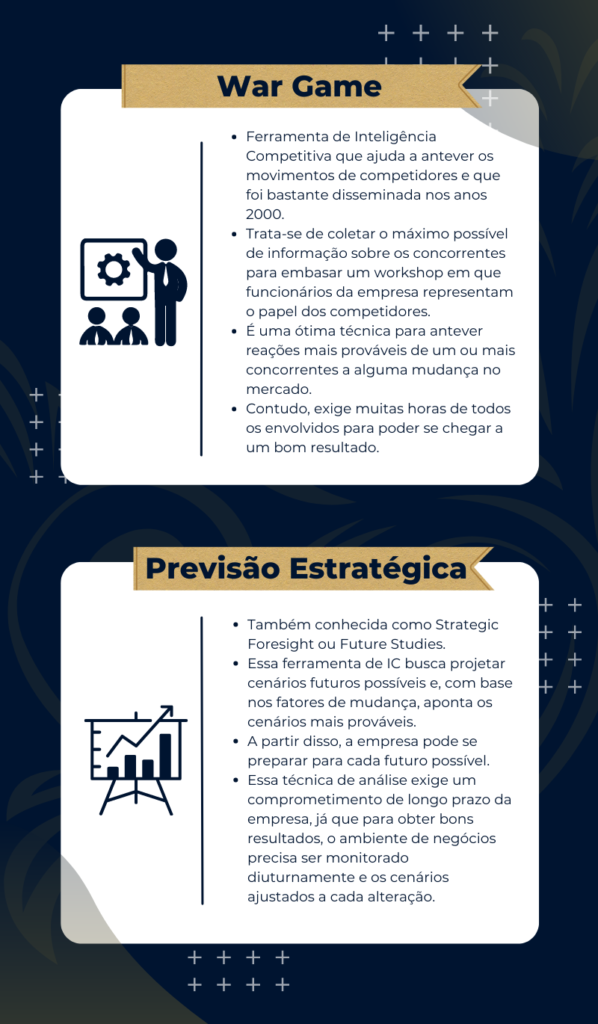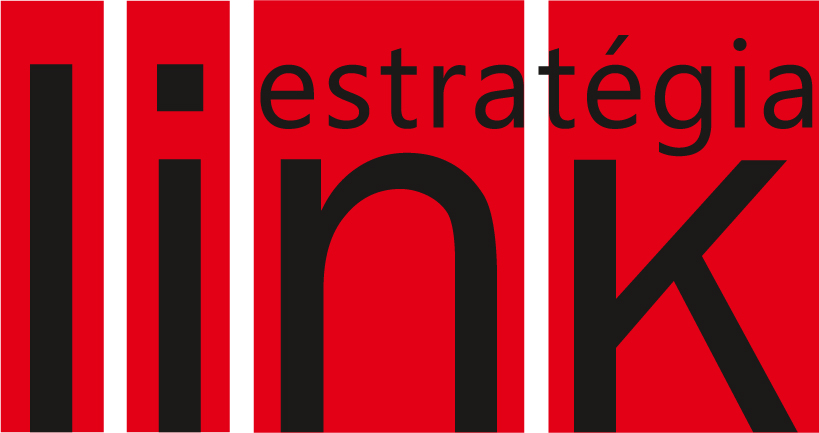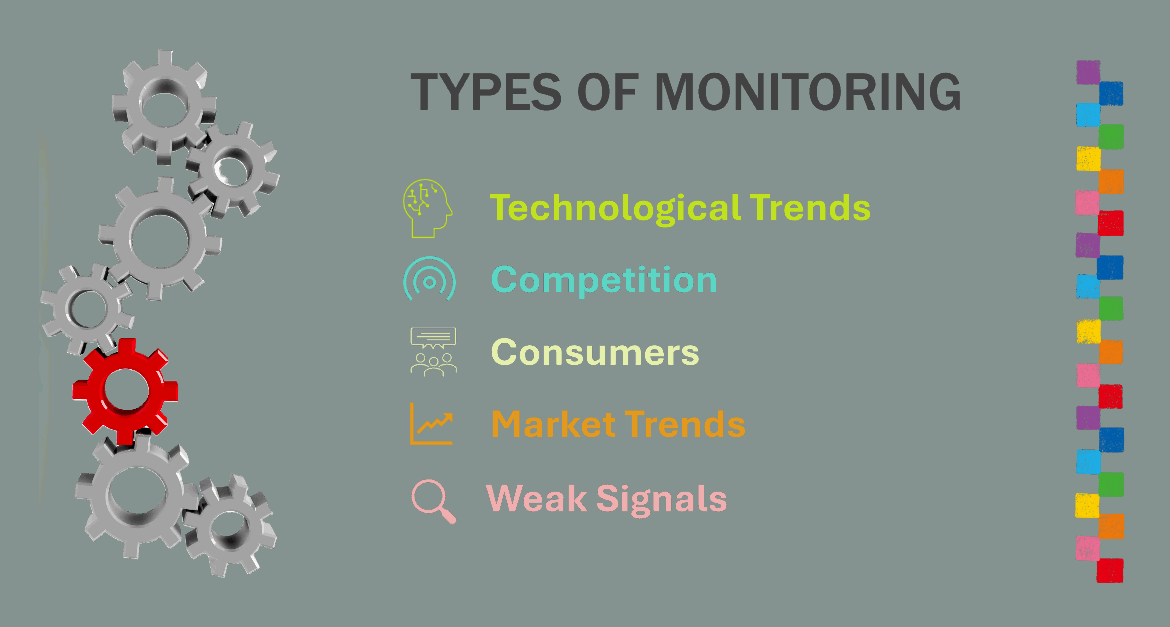A few years ago, I found a card in Link’s mailbox from a mystic who claimed to predict the future using a crystal ball. I kept this piece of paper for a long time and always showed it to clients who sat down with me and asked questions like “How much will the dollar be at the end of the year?” or “Who will win the election next year?”
I would explain that Competitive Intelligence (CI) couldn’t predict the future but that I had a contact who could help with that. And then I’d hand over the card. It always got a good laugh and helped me capture my interlocutor’s attention to explain how information gathering and analysis techniques could help, if not predict, at least give an idea of what might happen in the medium term.
Of course, this doesn’t apply to things as complex and volatile as exchange rate behavior or the outcome of an election. But in a controlled environment with known variables, it’s possible to understand some behaviors in advance.
Methods for anticipating market reactions are perfect for product launches, the entry of companies into a new market or geography, or changes in sales strategy.
Reducing Uncertainties
In any of these situations, the company needs to understand how the market will react to changes. Will the market leader invest more in marketing to block the entry of the new competitor? Or will it reduce prices? Many decision-makers, however, believe that these methods for anticipating market and competitor movements are difficult to implement and consume a lot of resources. They’re not entirely wrong. A War Game exercise or the creation of a Strategic Forecasting program can be prohibitively expensive for medium-sized companies.

But there are lower-cost alternatives to achieve results that are sometimes even better than those of a War Game or Strategic Forecasting. By combining various analysis techniques, for example, it is possible to model scenarios of how a competitor will react to a tactical or strategic change. In our experience at Link, such a project costs about 30% of the investment in a War Game.
An example: a company is going to launch a new product line, with more competitive prices. It has two main competitors, dominating similar market shares. In this case, the focus is on understanding how these two key players will react to the new line.
Combined Analysis
A good first step would be to conduct a Social Network Analysis (SNA) of the company’s executives. A warning: SNA is not about counting hashtags or mentions on social media. It’s about mapping the relationships of the decision-makers working for the competitor. Who did they study with, their clubmates, sports partners, neighbors, who they worked with in the past, customers, and suppliers they constantly interact with, etc.
From there, it’s possible to move on to Language and Behavioral Profile Analysis (LAB). This technique, perfected by our partners at the Bennion Group, involves creating a behavioral profile for each decision-maker. This profile is developed based on interviews with people in the relationship circle mapped in the Social Network Analysis. This allows us to understand if the launch of the new line will generate an emotional reaction in the CEO, if the Sales Manager prefers a confrontational stance, if the VP of New Business tends to make quick decisions that are not always supported by data.
The next step is to evaluate the competitor’s past behavior, but this time as an organization. This technique, called Decision Making Culture Analysis, seeks to understand the competitor’s institutional behavior in situations similar to the one that will arise. The benefit of this type of analysis, when used in conjunction with SNA and LAB, is the ability to identify how much each individual influences the company’s final behavior.
By combining these techniques – using others such as Decision Matrix, Force Field Analysis, or any tools the analyst has at hand – the company will have a great understanding of how competitors will react to the change in the market. It is possible to assemble the final analysis in a way that presents two or three scenarios and the possible strategies to minimize the effects of the competitors’ reaction.
An exercise like this takes the company from a reactive mode to a proactive mode. Thus, it will be prepared to respond to changes and can even guide competitors in such a way as to leave them with few strategic alternatives. The result is greater control over the competitive environment, leaving the company in a position of advantage over its competitors.



